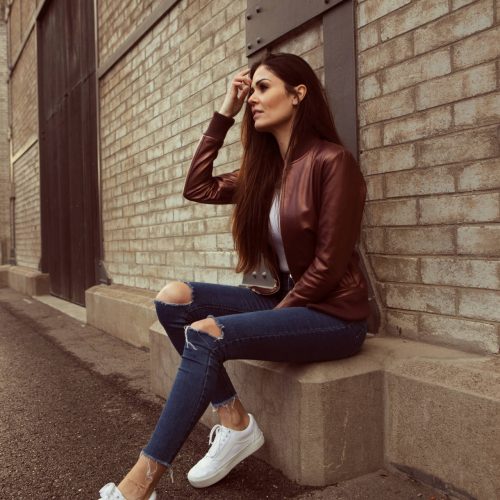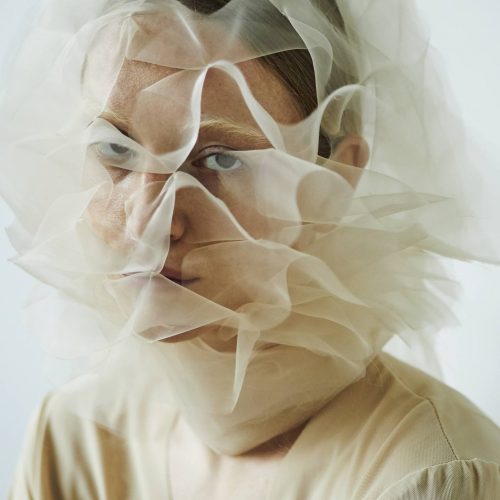Presente Ancestral: the Wonders of the World
Paris wakes up. The lights come on. Silence. A contained energy floods the room in the Embassy of Chile in the French capital. The Haute Couture created by indigenous people in remote lands of Latin America takes to the runway, ethereal, in an exclusive catwalk, Presente Ancestral. We know that we are facing a historic moment for Haute Couture, a time when the indigenous people are no longer in the shadows. They get on stage with their heads high, surprising the public. Parade after parade, Presente Ancestral shows the wonders of the Latin American world. It is not just fashion. It is an ode to culture and historical preservation, a tribute to handmade crafts, and above all, it is the unstoppable empowerment of indigenous communities, the true creators of Haute Couture of all times.
Karl Lagerfeld used to said: "Luxury must be luxury." Even more so in the era of the Anthropocene. For a long time too many designers and brands of recognized prestige of the luxury sector have created inappropriately inspired collections or with an aesthetic use of the crafts, skills and artisan techniques of remote communities, without even naming the origins, unscrupulous to copyright. Every day we experience more and more incidents of inappropriate cultural appropriation that involve major international brands such as Prada, Isabel Marant, Gucci, Dior…
Presente Ancestral has proposed to change the rules of the game. It brings out the true creators of haute couture, unknown in Europe. It gives them back their light and shows their collections collectively guided by a single objective: to help preserve the excellence and handling of handmade crafts and to empower future generations of this art.
Presente Ancestral tells the story of excellent designers with spun collections through a manual or handmade effort. “The idea is to show the culture and crafts created by the indigenous communities and help them to be rescued (…) Craftsmanship is the new luxury. We are talking about art pieces created from the synergies between Haute Couture designers and the historical knowledge of artisans” - declares Carolina Dávila, director of Davily Partners and creator of Presente Ancestral.
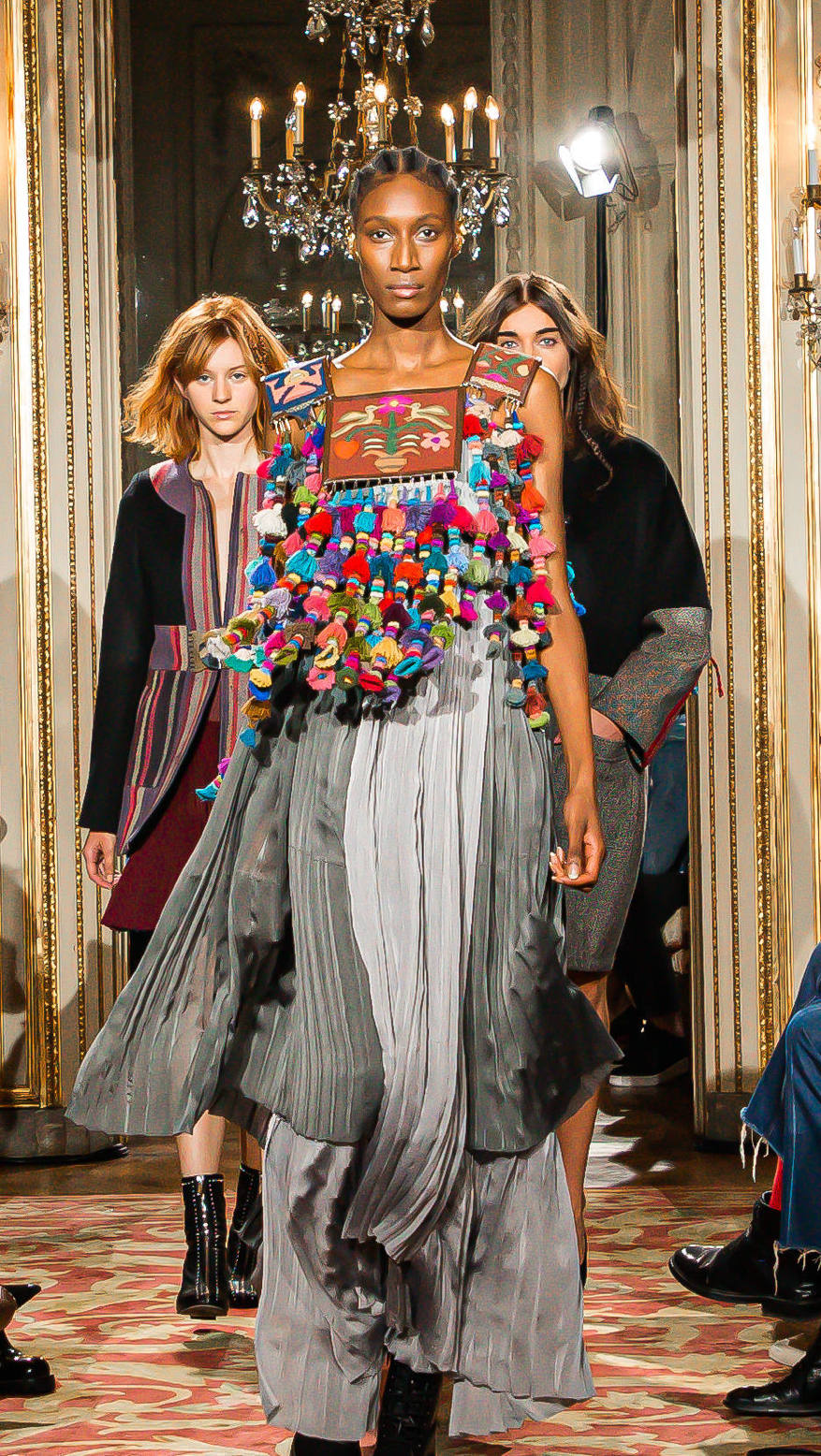
Awaj Warmi by Carmen Camacho
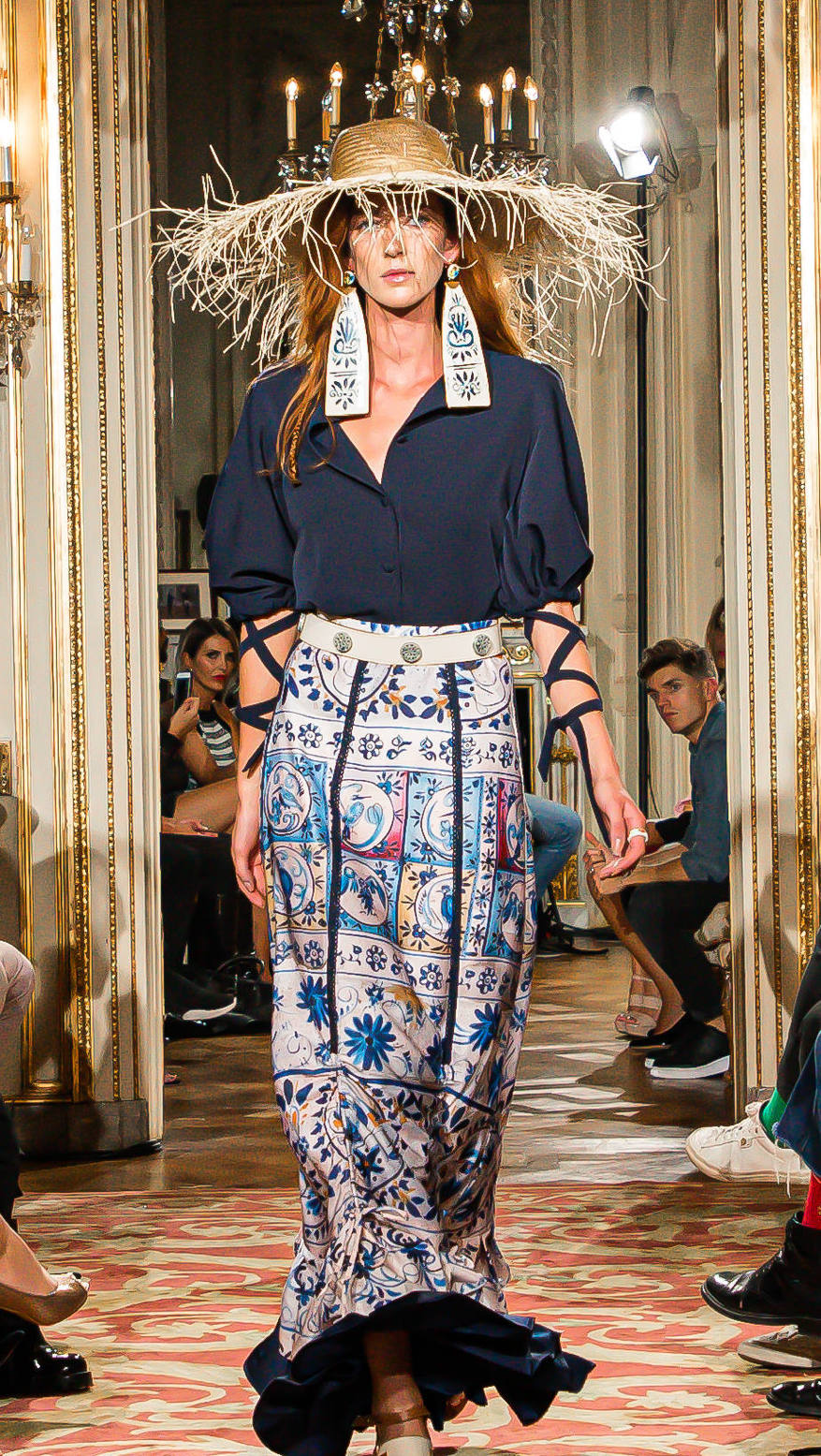
Alado
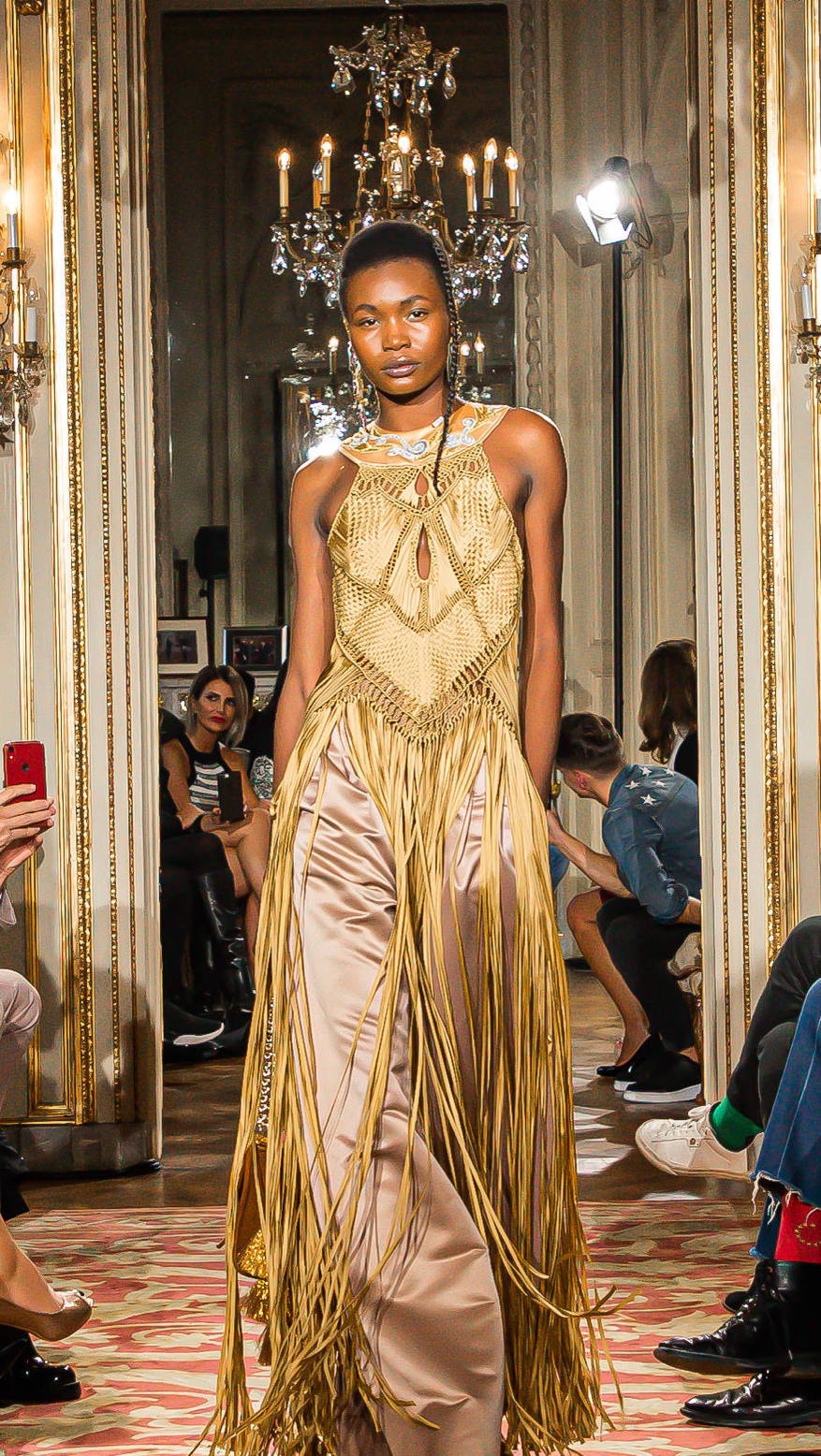
Diabla
Ode to crafts
The second edition of Presente Ancestral was celebrated with great success and ovation from the public during Paris Fashion Week on September 26 and 27. The sumptuous classic Louis XVI-style halls of the Chilean Embassy in Paris opened to the creativity and luxury of Latin American design. Five of the most recognized fashion designers from Latin American committed to heritage rescue and sustainability gathered there to showcase their exclusive collections, the result of work done in cooperation with the artisan communities of Latin America.
A Sound Healing concert and a copal offering as a ceremony of forgiveness for the tragedy of the Amazon, plunges us fully into the experience. Through the salons that once housed the Literature Nobel Prize, Pablo Neruda, brands like Alado Diseño, from Colombia, begin to parade; Ary Marrufo, from Mexico; Diabla and Awaj Warmi, from Bolivia; and Sittaka, from Chile. A display of original shapes, bright colors and different textures compose the catwalk. Talent, a lot of talent! The virtuosity of haute couture in its pure form excites us. The ancestral techniques impress us.
Latin Virtuosity
The Moon Collection by Ary Marrufo, is inspired by the phases of women. “It talks about all of us, although we are going through certain stages in life, we are still complete. It's about understanding and regaining that value as a woman ”- tells us the creative director of the homonymous brand, who works with artisans from the state of Mexico. “The brand always talks about strong issues, always looking to empower women in all their facets,” - she continues. “We are a young brand, we have been in the market for 5 years. We collect the techniques of ancestral embroidery made by artisans from southeastern Mexico to rebuild a social network that is being lost, techniques that new generations do not want to learn because they see their grandparents and parents without resources. This has led us to found Change is Wild, an NGO that seeks transparency.”
Ary Marrufo's collection is made of recycled cotton, recycled polyester and hemp, in addition to linen in some garments. “We work based on the pillars of sustainability, in the ecological, social and economic areas. For example, our liability labels report how much artisans earn per garment. We are a certified brand. The artisans are very involved. They intervene and transform my designs, they put their points of view on each garment.”
Andrés Restrepo and Alejandro González are the young designers of the Colombian brand of accessories Alado. “We work from the beginning to meet our roots in Latin America. Each of our collections has been created by rural, indigenous or artisanal communities, where we have found ancestral assets and combined them with fashion ”. On the catwalk the Terracota collection (burned earth) shines a tribute to the work of the potter and the industry that has managed to turn the land into art. “It tells the origin of the technique of a community that suffered the displacements caused by the war. We wanted to meet them again. We made accessories to find their techniques and drawings, inspired by the north of Colombia. The first part of the show discusses the alchemy of the earth with the water, then comes the fire - the pieces begin to burn -, and then we arrive to the ornamental part, where pieces are painted, taking the individuality of each tribe”.
Diabla brand arrives from Bolivia. Julia and Pamela are the creators of this revelation about the cultural identity that tries to rescue Andean ancestral roots, in general, from all regions of Bolivia. “We work with a group of artisans, almost 55 people. Everything we do is absolutely handmade, from spinning to plant dyes, organic materials, always with a fair payment to artisans. The crafts in Bolivia are not well paid and for that reason, it is being lost ”. Diabla works the old aguayo and makes new ones. They also work a lot the macramé, a very typical fabric in Bolivia. “Each piece is unique. The women who work on this put all their soul into each piece, all their energy. Each piece goes through five hands. First we designed it on a scale inspired by Bolivian crafts. Then, it becomes embroidered with silk thread; then, another person overflows it with the rhinestones, another person closes it and the last one applies the leather in the finishes. ” Diabla's new collection is called Tiu (the devil's dance, which is the most typical dance in Bolivia). It is presented with a palette of the colors of the Bolivian flag (red, yellow and green) - the symbology is that from “el baile de las diablas” costumes.
Carmen Camacho is the designer behind Awaj Warmi brand (in Quechua, women weavers). After her participation in New York Fashion Week and Fashion Week Bolivia, among others, she arrives in Paris to conquer Europe with her collection “Weaving in the atavistic Andean”, a synergy between the old and the contemporary. Awaj Warmi is an NGO that employs communities in the department of Sucre, the capital of Bolivia. “All fabrics are traditional, we use frame techniques, manual foot loom techniques, natural dyes. As fabrics we use alpaca wool, baby alpaca wool, which is the softest of all, and we have a line of sheep wool (...) Our communities receive the right salary for their work. We have stores in La Paz, in Sucre… Our main customer is abroad. ”
The founder of Sittaka brand, Paulina Irazabal, developed a close connection with the Shipibo and Konimo tribes in the Amazon rainforest. The headdresses and the healing clothes shown on the catwalk were inspired by the exploration of their travels and their respect for nature. Sittaka works with Shipibo artisans and the hamlet called "August 11" located in the Yarinachocha lagoon, Peruvian Amazon.
“Presente Ancestral goes with very firm steps, with a very beautiful magic. People like the concept very much. We have many ambassadors from Latin American countries interested in the project. That is our goal, that each country can sends two or three designers representatives of their ancestral culture to be subsidized by the country. Currently, we are in talks with Milan Fashion Week, where we want to celebrate the next 2020 edition. We are also talking to Eco-Age agency, let's see what we can co-create with them. On the other hand, we continue with our conversations with Montecarlo Fashion Week ”- says the creator of Presente Ancestral, Carolina Dávila.
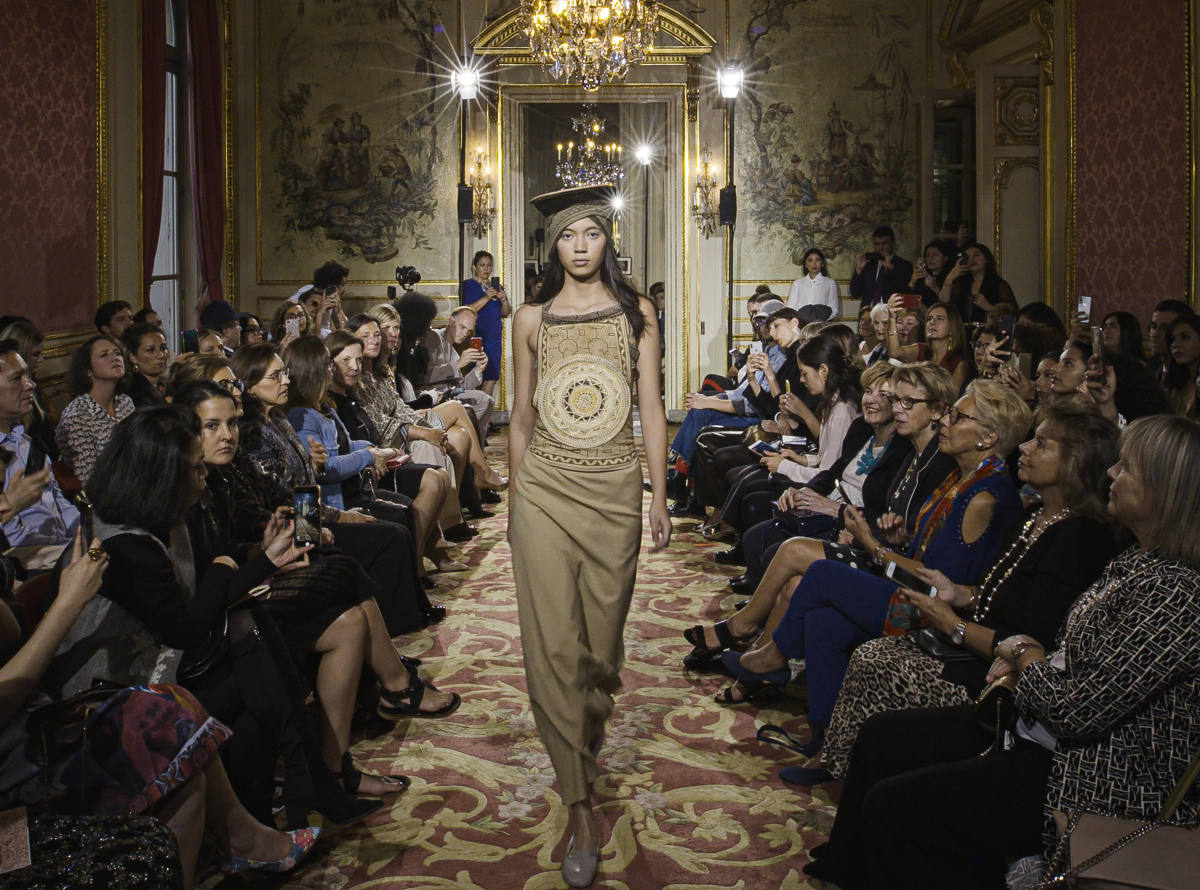
Sittaka
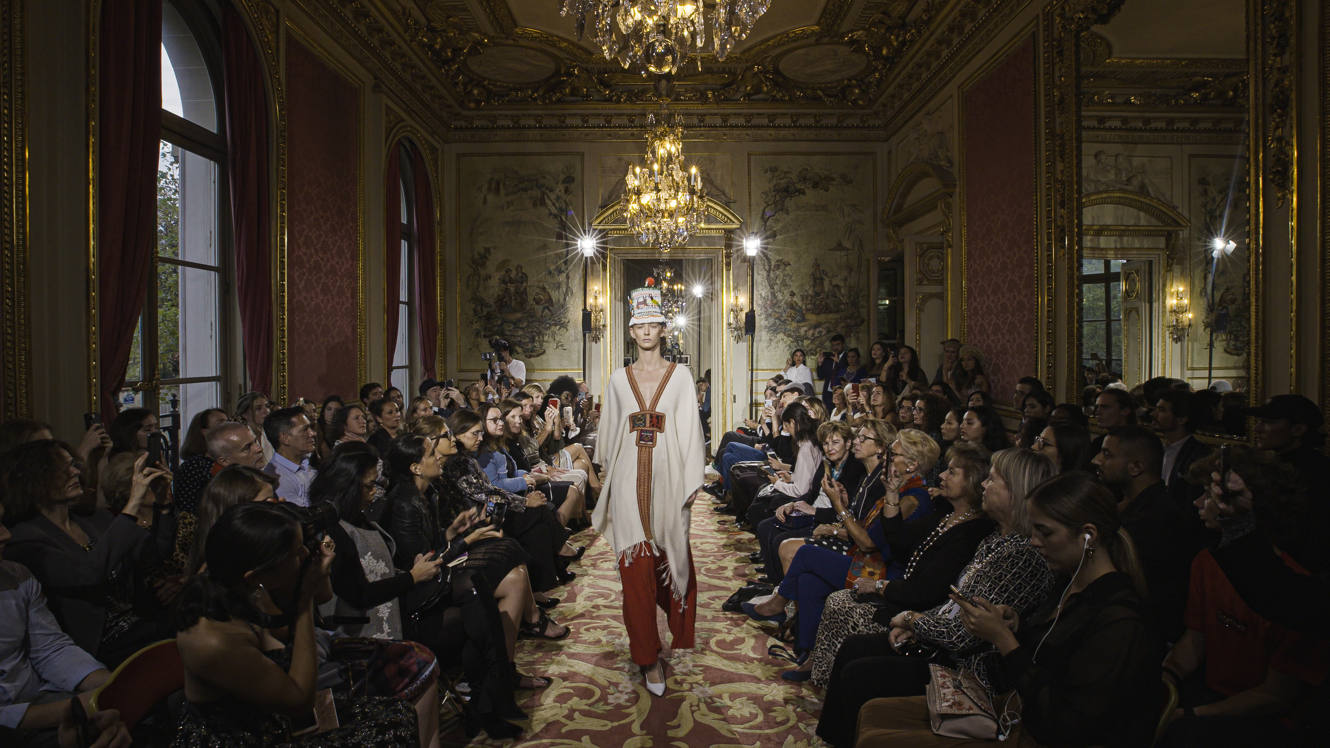
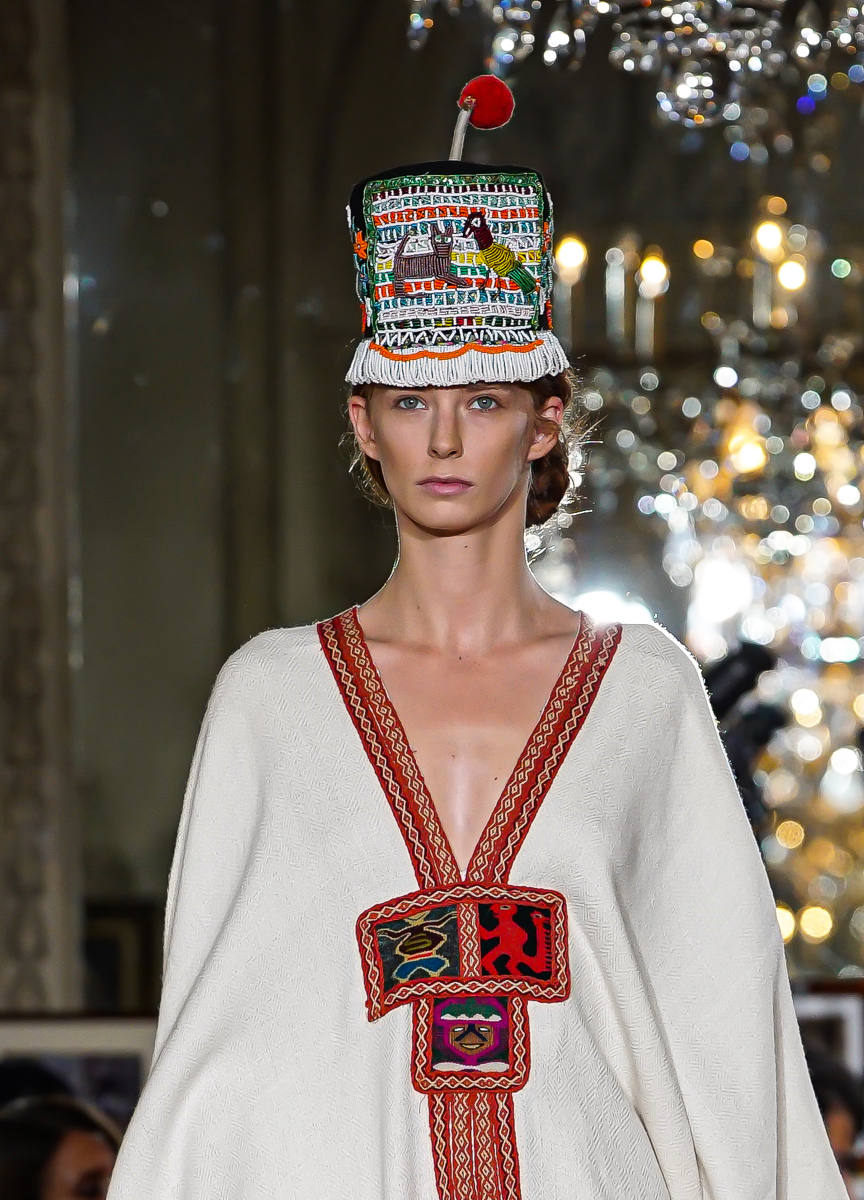
Awaj Warmi
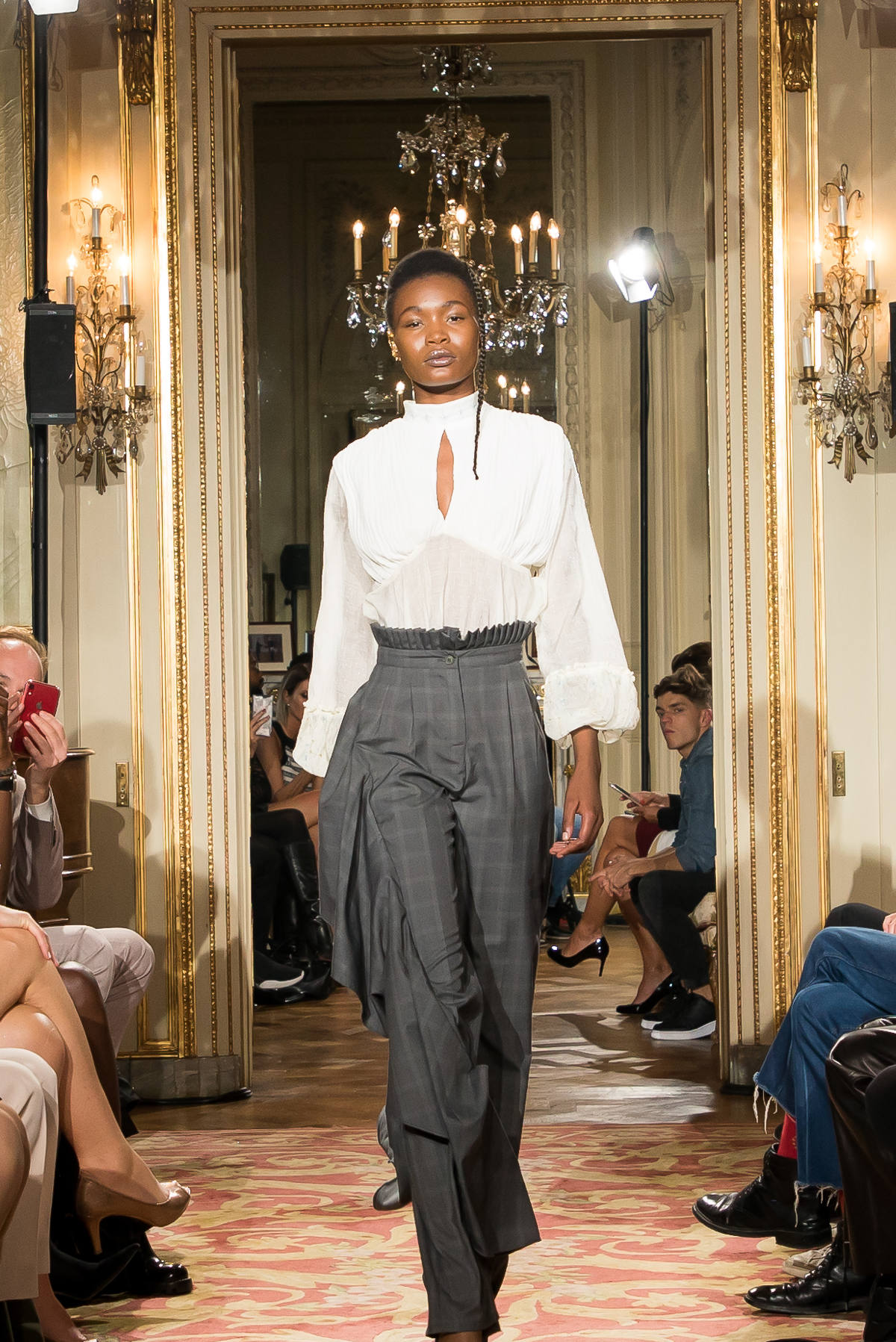
Ary Marrufo
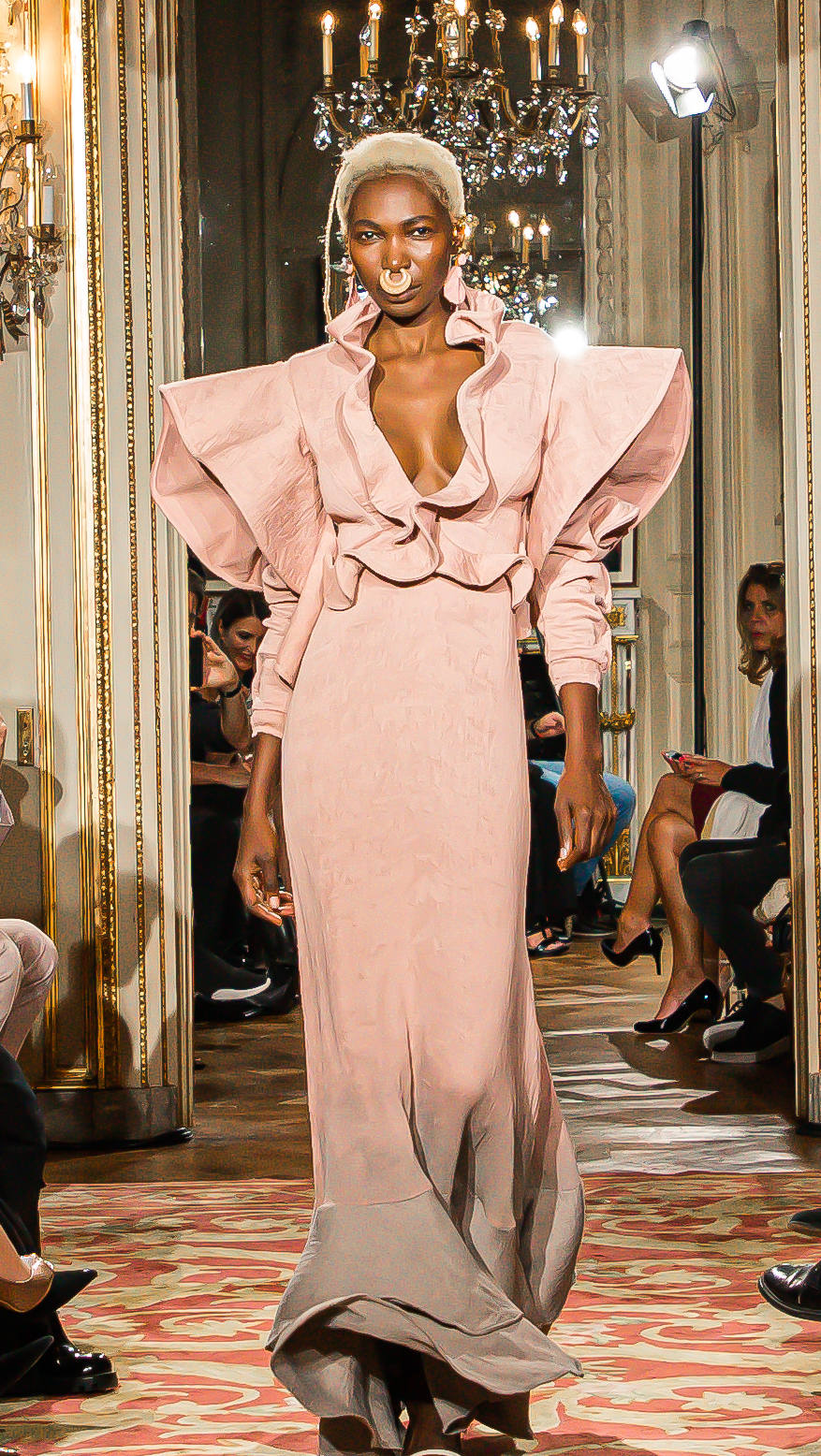
Alado
Davily's passion
After enjoying all these stories of magic, ancestors, dances, colors and tradition, the Conscious Talks organized by Slow Fashion World platform opened a debate to raise awareness on the importance of returning to a slow and more responsible textile production. We also witnessed the presentation of the Crowdfunding campaign launched by Ulule platform, in order to raise funds for the Chilean foundation “Superación de la Pobreza” that accompanies hundreds of artisan women in initiatives that allow them to develop business models and improve the quality of life within their communities.
The light has turned off. We need more. We are convinced that there are many more Latin American designers capable of contributing much to Haute Couture. We cannot leave without interviewing Carolina Dávila, director of Davily Partners and creator of Presente Ancestral, who tells us that they are already starting to work on the next edition, taking place during Milan Fashion Week 2020. “Our challenge is to be able to work together with government agencies in charge of promoting exports, tourism and foreign investment in each country so that they help promote more Latin American designers and enable them to expand their business in Europe. Our showcase will help conquer the fashion market worldwide. At the same time ensuring that through our Fashion Show we rescue the ancestral legacy of our indigenous communities and revive their economy, protecting them and guaranteeing them a fair trade.”
+ info: Davily Partners & Slow Fashion World

